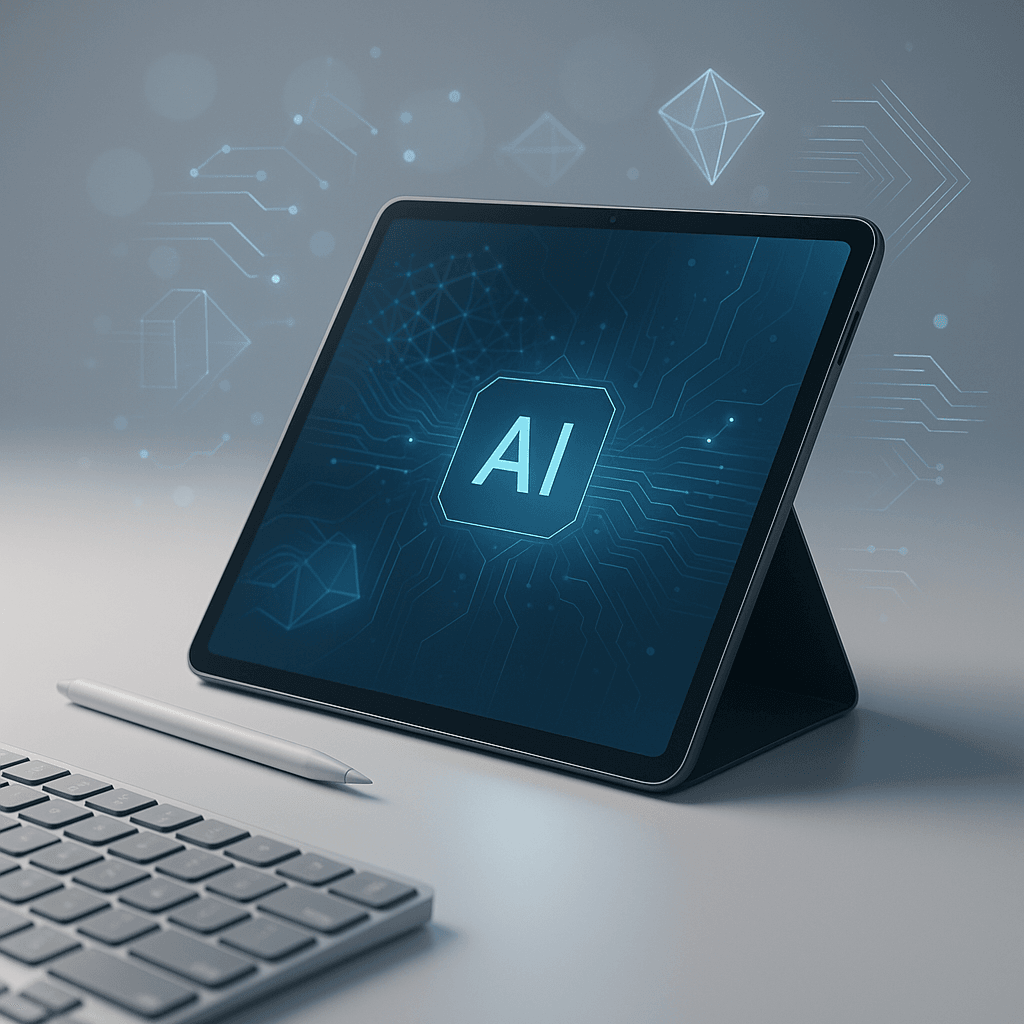Apple just dropped its most powerful tablet yet with the new iPad Pro featuring the M5 chip, delivering up to 3.5x faster AI performance than the M4 generation. The announcement signals Apple's aggressive push into AI-powered computing, with the new chip packing a Neural Accelerator in each GPU core and enhanced capabilities that could reshape how professionals use tablets for creative work.
Apple is making its biggest AI bet yet in the tablet space. The tech giant just unveiled the new iPad Pro with M5 chip, marking what could be the most significant performance leap in iPad history. According to Apple's official announcement, the M5 delivers up to 3.5x faster AI performance compared to the M4 generation and a staggering 5.6x boost over the M1 models.
The timing isn't coincidental. As OpenAI and other AI companies push the boundaries of what's possible with on-device processing, Apple is positioning the iPad Pro as the ultimate creative workstation. The M5's secret weapon lies in its redesigned 10-core GPU, which now includes a Neural Accelerator in each core - a first for Apple silicon that dramatically speeds up AI workloads like image generation and video processing.
"We've been preparing for this shift since Q2," one industry insider told us, referring to the broader AI transformation happening across consumer devices. The M5's enhanced architecture shows Apple isn't just following trends but actively shaping them. Early benchmark data suggests the chip handles on-device diffusion-based image generation in apps like Draw Things up to 4x faster than M1 models, while video transcoding in Final Cut Pro sees up to 6x performance gains.
The hardware upgrades extend beyond raw processing power. Apple bumped unified memory bandwidth to over 150GB/s - nearly 30% higher than the previous generation. Storage performance doubles with new read/write speeds, while the base 256GB and 512GB models now start with 12GB of unified memory, up 50% from before. These improvements directly address the memory-hungry demands of AI applications and complex creative workflows.
But the real game-changer might be the new N1 wireless networking chip, bringing Wi-Fi 7 support to iPad Pro for the first time. Combined with the C1X cellular modem offering 50% faster data speeds, the new iPad Pro is built for a cloud-connected AI future where local processing works seamlessly with remote services.
The software side tells an equally compelling story. iPadOS 26 introduces what Apple calls "Liquid Glass" - a translucent interface design that dynamically adapts to user input. More practically, the new windowing system finally brings desktop-class multitasking to iPad, complete with a menu bar accessible via cursor or gesture. This addresses long-standing criticisms about iPad's limitations for professional work.












